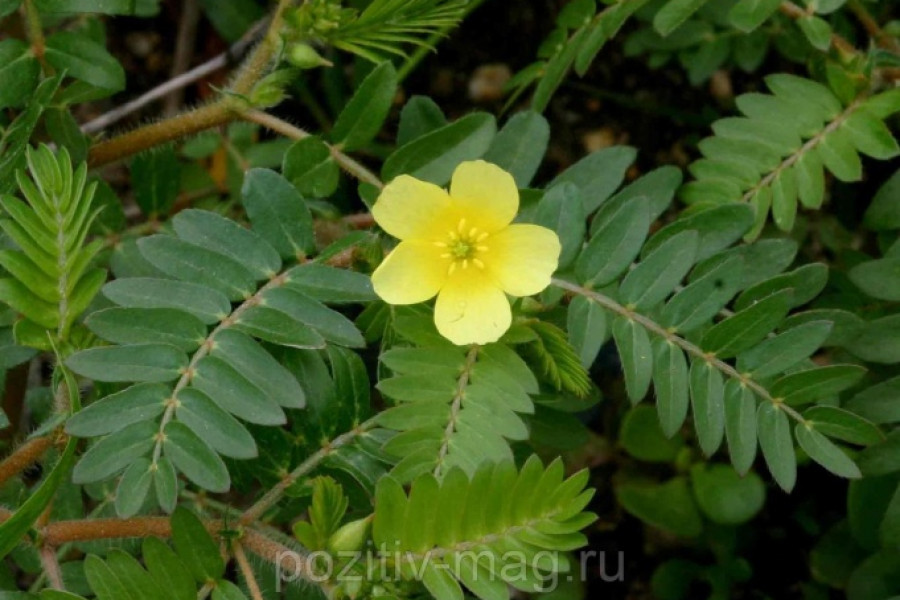There are 20 species of herbaceous herbs in the world, including 2 in Turkmenistan, the fruits of which resemble the side of a ship. Creeping Tribulus is a perennial herbaceous plant with a tender root, belonging to the camel family. It differs in that the stem of the plant grows along the ground and shifts. Flowering in May-August, fruiting in June-September. Medicinal plants are common in all parts of the country. Tribulus terrestris serve as raw materials for medicinal purposes. The plant must be uprooted and its roots removed. Tribulus creeping should be dried under a canopy or in direct sunlight. The plant contains flavonoids, diosgenin, protodiosin, kikuba-saponin, gitogenin, ruscogenin, saponins, phytoestrogens, phytosterols, chewing gum, hey and dyes, and vitamin C in the leaves. Abu Ali ibn Sina in his book The Laws of Medicine recommended apply ointments based on Tribulus terrestris, as well as for various wounds, as a diuretic and when removing stones from the kidneys. In folk medicine, it is used as a herbal remedy as a diuretic, with bloody diarrhea, dizziness, cools the eyes well, wound healing, soothing, and also tonic. In modern medicine, Tribusponin, containing Tribulus terrestris, is used for problems with potency, and is also widely used to treat sclerosis, atherosclerosis, hypertension, and bile insufficiency.




